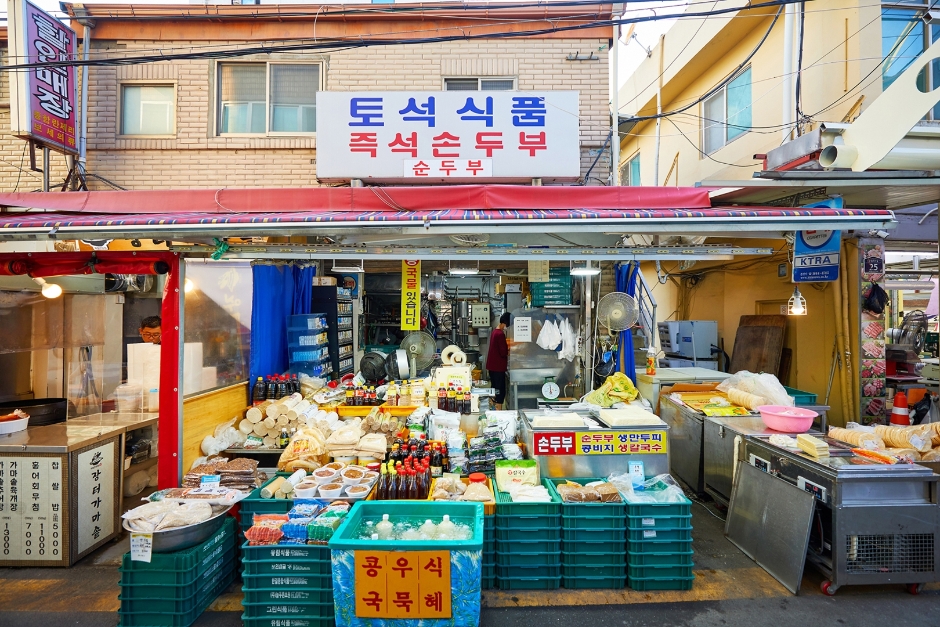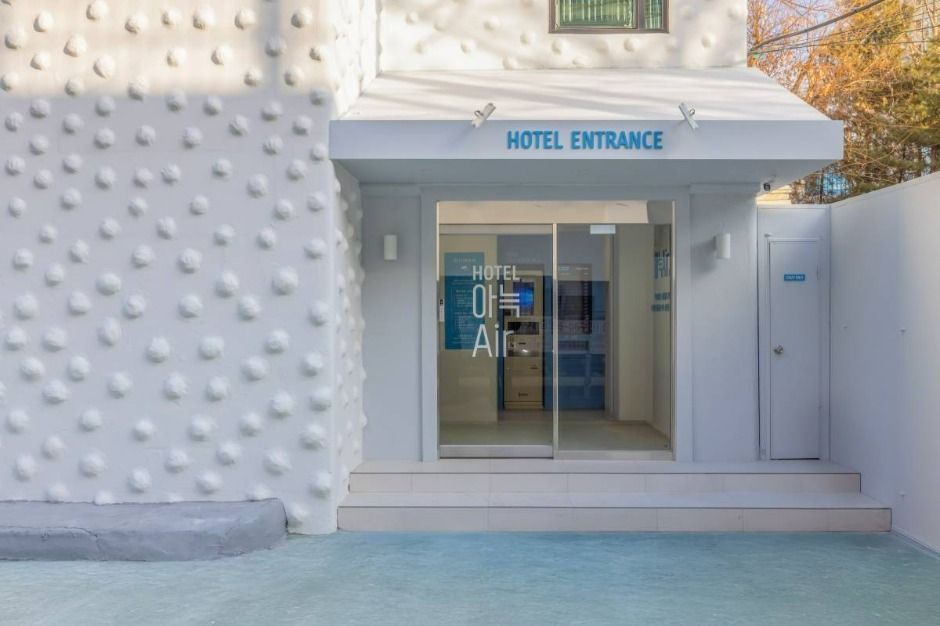Lotte Mart - Eunpyeong Branch [Tax Refund Shop] (롯데마트 은평점)
18.0Km 2024-04-16
1050, Tongil-ro, Eunpyeong-gu, Seoul
-
Uniqlo - Lotte Mall Eunpyeong Branch [Tax Refund Shop] (유니클로 롯데은평)
18.0Km 2024-04-18
B1 of Lotte Mall Eunpyeong Branch, 1050, Tongil-ro, Eunpyeong-gu, Seoul
-
Muji - Lotte Mall Eunpyeong Branch [Tax Refund Shop] (MUJI 롯데은평)
18.0Km 2024-04-18
F2 of Lotte Mall Enpyeong Branch, 1050, Tongil-ro, Eunpyeong-gu, Seoul
-
8 Seconds - Lotte Mall Eunpyeong Branch [Tax Refund Shop] (에잇세컨즈 롯데몰 은평점)
18.0Km 2024-04-18
1050, Tongil-ro, Eunpyeong-gu, Seoul
-
Giordano - Lotte Mall Eunpyeong Branch [Tax Refund Shop] (지오다노 롯데몰 은평점)
18.0Km 2024-04-22
1050, Tongil-ro, Eunpyeong-gu, Seoul
-
ABC-Mart - Lotte Mall Eunpyeong Branch [Tax Refund Shop] (ABC마트 MS롯데은평)
18.0Km 2024-04-22
3F, 1050, Tongil-ro, Eunpyeong-gu, Seoul
-
Daerim Market (대림시장)
18.0Km 2024-03-15
300-10 Eungam-dong, Eunpyeong-gu, Seoul
The oldest traditional market in Eunpyeong-gu, Seoul, is also the capital’s only fifth-day market (held on 5th, 10th, 15th, 20th, 25th, and 30th of the month). It is divided into indoor and outdoor spaces. The former offers a comfortable space for shopping regardless of the weather. Like any good traditional market, Daerim Market offers vegetables, fruits, meat products, seafood, grain, and clothing at affordable prices. Visitors are recommneded to visit the restaurants hidden throughout the market, such as Halmaejip, a 50-year-old restaurant serving excellent banquet noodles, japchae, and tteokbokki; and Wooyirak, which serves pancakes with cream makgeolli (unrefined rice wine). Because the food is affordable and delicious, the market sees a lot of visitors throughout the day.
Aank Air Hotel Gaebong (아늑에어 호텔 개봉점)
18.0Km 2025-08-18
38-12 Nambusunhwan-ro 95-gil, Guro-gu, Seoul
Aank Air Hotel Gaebong is located 2 minute's walking distance from Gaebong Station, making it a convenient location for guests who opt to use the subway for traveling in Seoul. The hotel takes cleanliness and comfort seriously, making sure the guests enjoy their experience during their stay. The hotel offers a basic standard room type for comfort and a movie room for entertainment, each carefully curated to meet guests' needs and interests.
Olive Young - Yeonsinnae Branch [Tax Refund Shop] (올리브영 연신내점)
18.0Km 2024-06-27
1F, 857, Tongil-ro, Eunpyeong-gu, Seoul
-
![Lotte Mart - Eunpyeong Branch [Tax Refund Shop] (롯데마트 은평점)](http://tong.visitkorea.or.kr/cms/resource/34/2878234_image2_1.jpg)
![Uniqlo - Lotte Mall Eunpyeong Branch [Tax Refund Shop] (유니클로 롯데은평)](http://tong.visitkorea.or.kr/cms/resource/35/2878235_image2_1.jpg)
![Muji - Lotte Mall Eunpyeong Branch [Tax Refund Shop] (MUJI 롯데은평)](http://tong.visitkorea.or.kr/cms/resource/39/2878239_image2_1.jpg)
![8 Seconds - Lotte Mall Eunpyeong Branch [Tax Refund Shop] (에잇세컨즈 롯데몰 은평점)](http://tong.visitkorea.or.kr/cms/resource/42/2878242_image2_1.jpg)
![Giordano - Lotte Mall Eunpyeong Branch [Tax Refund Shop] (지오다노 롯데몰 은평점)](http://tong.visitkorea.or.kr/cms/resource/45/2878245_image2_1.jpg)
![The North Face [Tax Refund Shop] (노스페이스)](http://tong.visitkorea.or.kr/cms/resource/48/2878248_image2_1.jpg)
![ABC-Mart - Lotte Mall Eunpyeong Branch [Tax Refund Shop] (ABC마트 MS롯데은평)](http://tong.visitkorea.or.kr/cms/resource/96/2888996_image2_1.jpg)



 English
English
 한국어
한국어 日本語
日本語 中文(简体)
中文(简体) Deutsch
Deutsch Français
Français Español
Español Русский
Русский